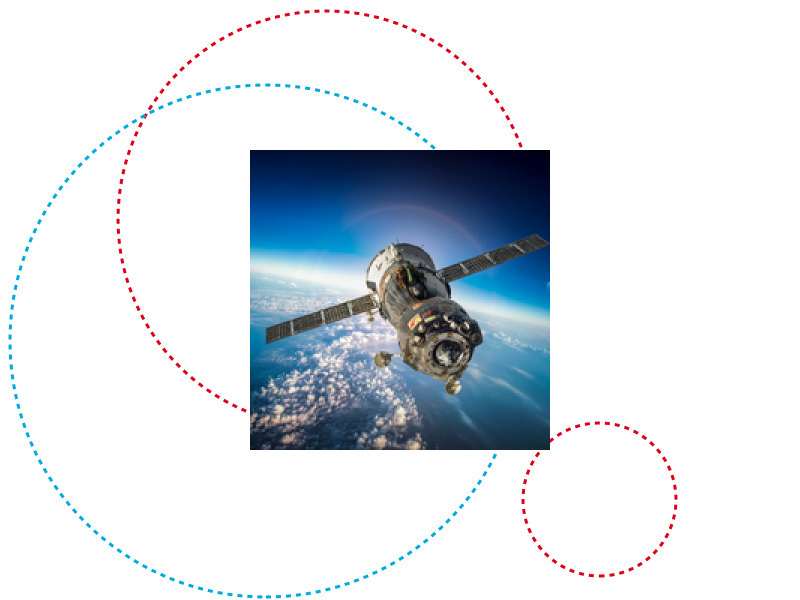SpaceR group is organising a seminar with a potential PhD student, Anton Bredenbeck.
This seminar will be held on the 4 March 2022 at 11:00 in the JFK Metz-Nancy conference room (004/005).
Bio:
Anton Bredenbeck studied « Aerospace Computer Science » and « Satellite Technology » with a focus on robotics, sensing, and control at the Julius-Maximilians-University Würzburg and Czech Technical University Prague.He completed his Master’s thesis at ESTEC with the European Space Agency developing a controller for a free-floating system within the Orbital Robotics and GNC Lab (ORGL) at the Automation & Robotics Section.
Abstract:
The recent increase in yearly spacecraft launches and the high number of planned launches have raised questions on maintaining accessibility to space for all interested parties. A key to sustaining the future of space-flight is the ability to service malfunctioning – and actively remove dysfunctional space craft from orbit. However, human missions’ immense cost and risk call for autonomous,robotic mission concepts. Robotic systems for satellite servicing and Active Space Debris Removal are the subject of ongoing research and require stringent validation before launch.Testing those robotic systems by itself is already a substantial challenge as it is complicated to emulate the micro gravity environment in which these systems must operate. At the cost of reducing the degrees of freedom to the planar case,air-bearing platforms floating on a flat-floor can duplicate this environment at good accuracy and reasonable test durations. One such facility is the Orbital Robotics and GNC Lab (ORGL) at ESTEC with the European Space Agency. A floating platform of approximately 225 kg at this facility,equipped with eight solenoid-valve-based thrusters and a Reaction Wheel, represents a realistic satellite setup. Pressurized air tanks onboard supply propellant to the thrusters and the air-bearings, making the tank capacity the most significant bottleneck for the test duration. Therefore, it is desirable to minimize the thruster usage toincrease the testing time when controlling this system. This work has two main contributions:for one, it introduces a trajectory planner that finds optimal trajectories connecting two arbitrary states (Pose, Twist, and Reaction Wheel velocity), which minimize force exerted by the thrusters. Secondly, it proposes a trajectory tracking controller based on a Time-Varying Linear Quadratic Regulator formulation that follows arbitrary physically feasible trajectories.The trajectory tracking controller uses a Sigma-Delta-Modulator to modulate the continuous force demand onto the binary thrusters. In a high-fidelity simulation, a Monte-Carlo test is carried out. The robot is spawned at arbitrary initial poses and must find and follow a trajectory to the origin. Here the controller achieves a 100% success rate, whereby it experiences a maximal average euclidean and angular error of 16cmand 5 degrees, respectively.The trajectories are also followed well on the physical system but experience a significant drop in precision compared to the simulation.The maximum average euclidean error doubles, and the difference in orientation increases by order of magnitude. Simple trajectories, such as straight lines, were followed better than complex ones (such as a semi-circle). The drop in performance from simulation to the physical system is attributed to a lack of precise system identification and unmodelled disturbances. Overall this work designed and implemented the first controller of one of the heaviest floating platforms in Europe and created a software framework (provided as open-source code) that will form the basis for future controller development within the ORGL.
